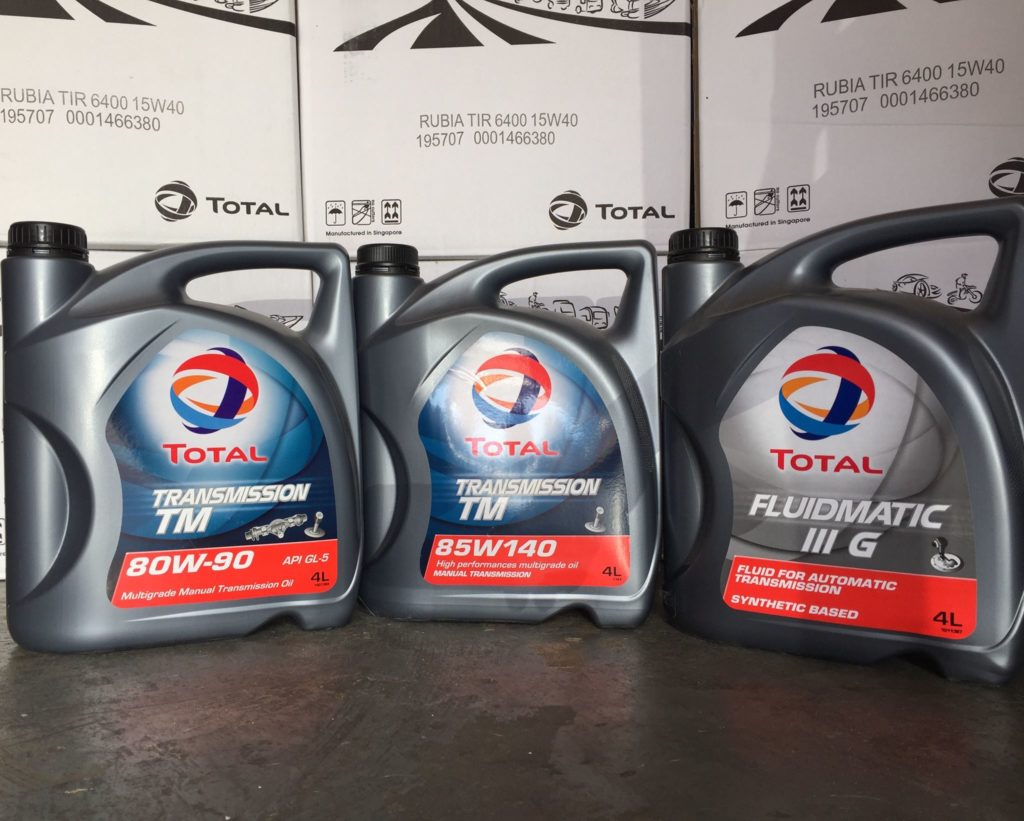The costs to maintain the health of a car can add up.
Additionally, the cost to have your transmission fluid changed by an auto mechanic in a show, an auto dealer, service center or private mechanic can range from $80 to $250.
The average cost for both automatic and manual transmissions is around $100.
In this post, we'll dig deeper in a transmission fluid cost, finding out if a transmission flush is really necessary and more!
What is a Transmission Fluid Change?
A transmission change is the process of removing a large amount or percentage of the buildup within your system.
Although a fluid change will not completely replace old fluid with new fluid, many mechanics recommend this service.
Lots of auto professionals recommend getting a transmission fluid change every 30,000 miles.
What do the experts recommend?
For a basic transmission fluid change you can expect to spend about $100 for both manual and automatic transmissions.
According to several reports, auto experts seem believe that replacing your filter as well as cleaning your pan each time is ideal once your mechanic changes your fluid.
Contaminants collect in the filter as well as the pan over time.
Given such, this can reduce the effectiveness of new fluid, if they continue to sit there are nor removed.
Although your mechanic doesn’t have to do this every time, it will help transmission last longer.
And you can save money on hefty car repair bills.
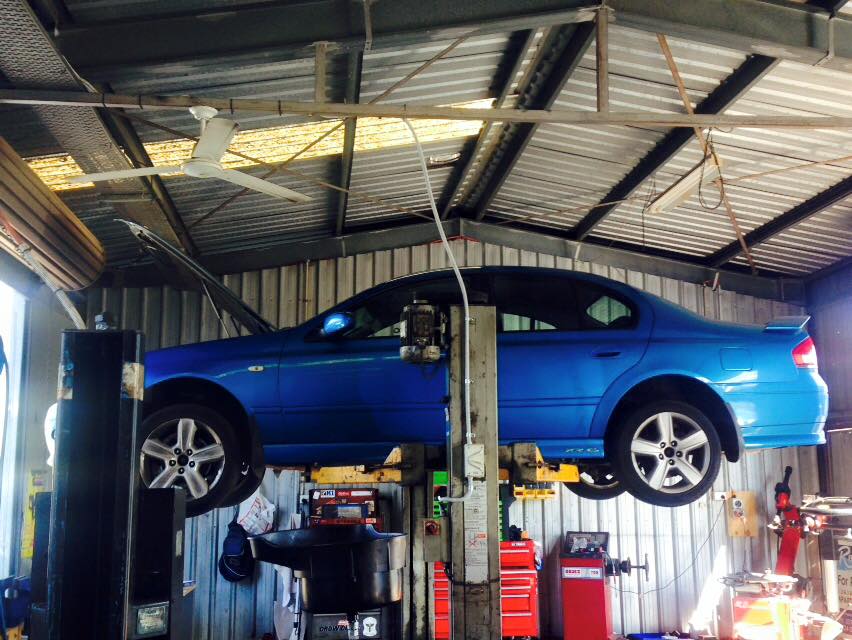 Factors that Affect the Cost of a Transmission Fluid Change and Flush
Factors that Affect the Cost of a Transmission Fluid Change and Flush
Data states that modern vehicles generally require a specific kind of transmission fluid. Fluid ATF+4 or SP4, is a common one and can range anywhere between $8 to $20 per quart. A typical fluid change requires between 5 to 15 quarts of fluid. You'll pay between $15-$30 for a new filter, if that is a auto professional finds you need one. In some cases, drivers need a new pan gasket. So, driver with the average car will need to spend between $75 – $150.
Factors that Affect the Cost
- Where the flush is done. Is it done by you or a mechanic/ service shop?
- The make and model of your car. As you would imagine, high-end vehicles will cost more.
- The kind of automatic transmission fluid (ATF) that is being put to use for the flush
- The amount of fluid that that car must have.
- And finally, labor.
How much does it cost to change transmission fluid at Jiffy Lube?
We did some searching and came across the AutoServicePrices.com website. According to them, Jiffy Lube charges $155.00 for an “Automatic Transmission Fluid/ Filter Change”.
Additional services that the reputable chain offer include:
- Automatic Transmission Fluid/ Filter Change, cost of $155.00
- T-TECH Transmission Service
(100% full synthetic fluid change), cost of $140.00 - T-TECH Combo (with Filter Change), cost of $170.00
- Transmission Drain and Fill
(does not include oil), cost of $50.00
Prices are according to the AutoServicePrices.com website.
As a trusted auto maintenance service center, Jiffy Lube also adds: “Like an oil change for your transmission, help optimize performance and longevity of this key system with a visit to Jiffy Lube® for a transmission fluid exchange.”
Looking for a Jiffy Lube near you? Click here!
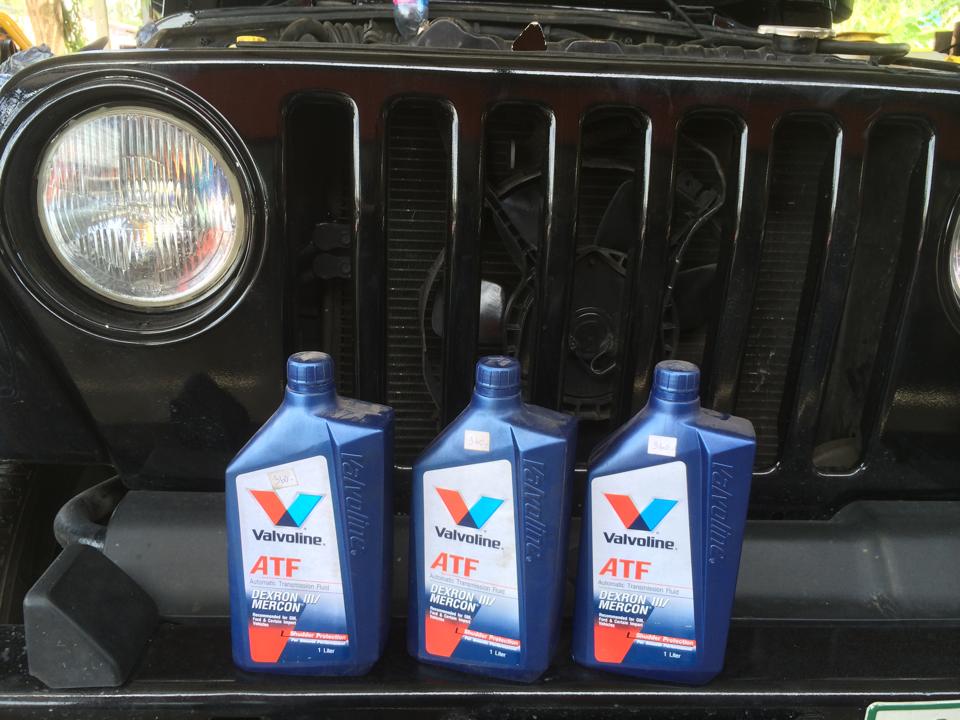 How much does it cost to change transmission fluid at Valvoline?
How much does it cost to change transmission fluid at Valvoline?
We took the time to call the friendly agents at the Valvoline in Redford Township, Michigan. The average transmission fluid change is $169.00.
As a trusted leader in auto maintenance, Valvoline also adds: “Help keep your gears shifting smoothly – with transmission fluid replacement services from Valvoline Instant Oil ChangeSM. Our certified technicians can perform this service in about 20 minutes – while you wait in the convenience of your car.”
Need to get to a Valvoline near you? Click here!
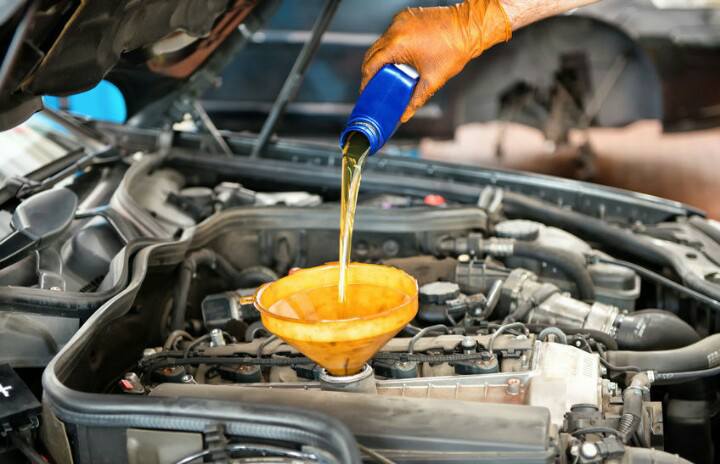
What is Transmission Fluid Anyways?
Transmission fluid is a liquid that acts as a lubricant and is very slippery. This liquid is importance for the performance of all of the moving parts inside your vehicle's transmission.
For a vehicle with an automatic transmission, transmission fluid also serves as a coolant and also transmits power from the engine to the transmission.
Additionally, for a car with an automatic transmission, you will use automatic transmission fluid.
If your car is a manual car, then you have manual transmissions and a variety of oils.
Some include: heavyweight hypoid gear oil, regular motor oil, or even automatic transmission fluid.
Your vehicle's owner;s manual or a trusted mechanic can help you with the correct fluid that should go in your car.
Should I Do a Transmission Fluid Change if My Owner's Manual Recommends it?
The short answer to this question is yes, regardless of whether you have a manual or an automatic transmission.
For Manual: Most auto experts and manufacturers suggest that you get a transmission fluid change every 30,000 to 60,000 miles. If you use your vehicle for any heavy-duty use, some vehicle manufacturers suggest changing transmission fluid every 15,000 miles.
Automatic Cars: The service intervals for an automatic transmission vary from every 30,000 miles to just about never.
Generally, a service interval for a car with an automatic transmission is about 60,000 to 100,000 miles.
But if you decide to change it more often, you will do the car no harm.
What happens if u don’t change transmission fluid?
If you allow your car to run low on transmission fluid, this can cause the transmission to shift improperly or not at all.
Allowing your car to run low on transmission fluid will also harm the internal parts of your transmission.
How often should I get my transmission fluid changed?
In order to determine how often you should change your transmission fluid you should follow the manufacturer’s suggestions or recommendations.
Or you can visit a trusted mechanic for answers. The changing of your fluid depends on the year, make and model of your car. So, this will be different for everyone.
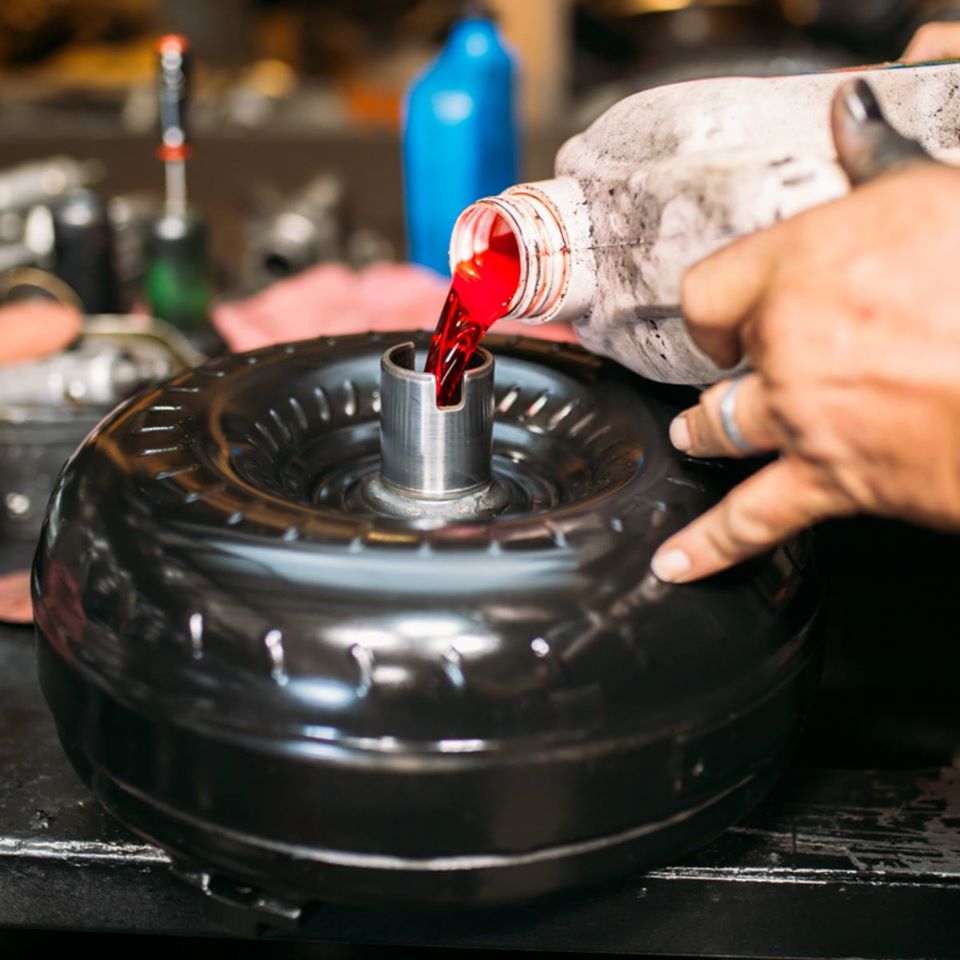 Can I change my own transmission fluid?
Can I change my own transmission fluid?
Changing automatic transmission fluid is best left up to an auto professional. He or she has training as well as the equipment to effectively and successfully perform your transmission fluid change. Using the proper equipment will ensure the transmission fluid has a thorough replacement.
What are the symptoms of low transmission fluid?
By now you know that transmission fluid is vital for the transmission system. The fluid keeps all of the components in the system lubricated and allows them to run smoothly. Low transmission fluid can lead to damage of certain car parts. And you don’t want that damage. That could mean huge repair bills for you! Check out some low transmission fluid indicators you should know about.
You are driving and have trouble shifting gears.
One of the reasons people have problems with their transmission is debris in the fluid. The oil in the gearbox has to be clear and clean at all times, no matter if you are driving a manual or an automatic transmission car. Particles in the oil or dirty oil will cause your car to respond slowly when you want to shift gears. So, if you are missing the transmission fluid, you’ll notice because it will become difficult shifting gears.
You feel unusual shifts.
Your transmission fluid will also be low if you are shifting of gear and it happens too late or too fast in your automatic car. You may even hear a knocking sound if the problem lies within your low transmission fluid. The hydraulic pressure has to be precise and work at a smooth pace for gear shifts. Little fluid or lack of fluid will disturb the rhythm of the shifting timing.
Surging movements take place.
Another symptom of low transmission fluid is movement that is surging during gear changes. Surging means that your car will begin to bolt and jerk instead of pulling backwards during normal driving.
Delayed gear engagement.
Have you ever noticed that you have a delay in shifting gears, by three or four second? That may mean your transmission fluid is low.
Slipping gears.
If your gears are having a hard time staying put, then you may have low transmission fluid. You could also have buildup of debris and particles that are blocking the fluid flow.
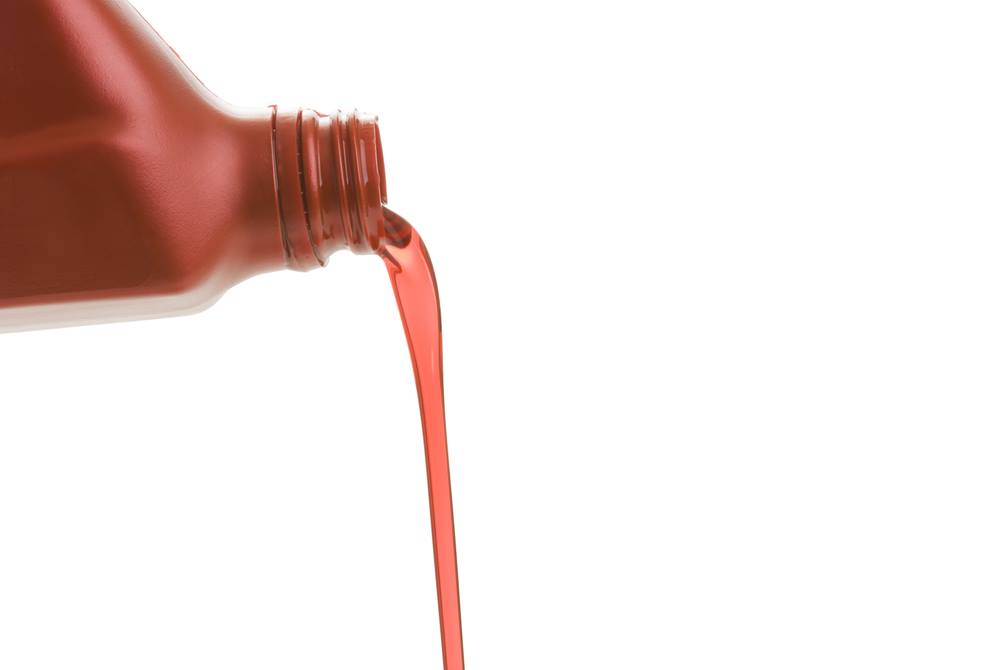
Should I change transmission fluid if it's never been changed?
There are many fluids that help to keep your car in great condition and running like a champ. But one of the most important fluids that you need to maintain, is your transmission fluid.
Whether or not you should change it may be up for debate. While some auto exerts say yes you should, others say it depends on your car.
You can never go wrong if you follow a manufacturer’s maintenance schedule for your transmission fluid changes.
Like other vital automotive fluids, transmission fluid can deteriorate over time. If you are a “city, stop and go” driver, then this will accelerate the deterioration.
If you haul lots of heavy items or equipment, this may also require that you get a transmission flush change far more frequently than other drivers.
OK- How do I check my transmission fluid?
OK! Check out our steps!
- Make sure that you park your car on a level surface. You may have to utilize your parking brake.
- Then, start your engine.
- Be sure to leave your car in park or neutral.
- Allow your engine to warm up and continue to run during the operation unless your vehicle's owner's manual says not to.
- Some automatic transmission fluid levels are checked once the engine is off.
- Find the automatic transmission fluid dipstick, which is located near the transmission or transaxle meets rear of the engine. You may find that it looks similar to an oil dipstick.
- Be sure to remove the automatic transmission fluid dipstick.
- Then, make sure that you wipe it clean.
- Then, fully reinsert it and remove again.
- BE CAREFUL! THAT FLUID MAY BE HOT!
- Now, look at the markings at end of dipstick.
- You may see two markings on your stick that indicate “full”—one warm, one cold.
- If the automatic transmission fluid level doesn’t come up to the “warm” line, you'll need to add some transmission fluid.
- Then, take a long funnel and insert it into automatic transmission fluid dipstick hole.
- Be sure to carefully add automatic transmission fluid in small increments.
- Take your time!
- Be sure to also recheck your level each time you add fluid, until the level the “warm” line.
- PLEASE DO NOT OVERFILL OR SPILL AUTOMATIC TRANSMISSION FLUID ON HOT ENGINE PARTS!
- Then, take your time and insert the automatic transmission fluid dipstick fully.
- Now you are done!
- Make sure that you deposit any fluid containers in either a recycle bin or your trash. No need to let fluid drops hit your driveway or the street.
How To Extend the life of your Transmission Fluid
1. Be sure to check the transmission fluid regularly.
Transmission fluid is an indeed important for your car. Therefore, routine maintenance of the fluid can go a long way in prolonging the life of your transmission. So, either you or a trusted auto professional need to take the time to check your transmission fluid regularly. This is especially essential, if you have an older car. You have to remember that heat is your transmission’s worst enemy. So, be sure to protect your car from overheating. So, be sure to check the fluid on a regular basis, like once a month.
2. If your car can withstand it, consider synthetic transmission fluid.
Synthetic fluids are really popular nowadays because they simply work better than most ordinary fluids. Research has shown that they also offer better performance. They tend to resist cold, heat, shearing and oxidation too! So, check with your mechanic and see if you can use synthetic fluid in your car!
3. Have your transmission serviced every 30,000 miles.
If you have an older car or you are a city driver and drive lots, you may want to have your transmission serviced every 30,000 miles. Remember you are doing preventive maintenance here and avoiding costly repairs down the road!
4. Be sure to check and maintain your car's cooling system.
Due to the fact that heat is so bad for the transmission, your car has a radiator that is also there to help cook your car. Given such, you need to take the time to maintain car’s cooling system. And you may want to do this at least once to every two years. Take the time to check or have someone check your coolant levels, replace your coolant/antifreeze and inspect your car for leaks as well as damage.
Check out our related articles on this subject!

